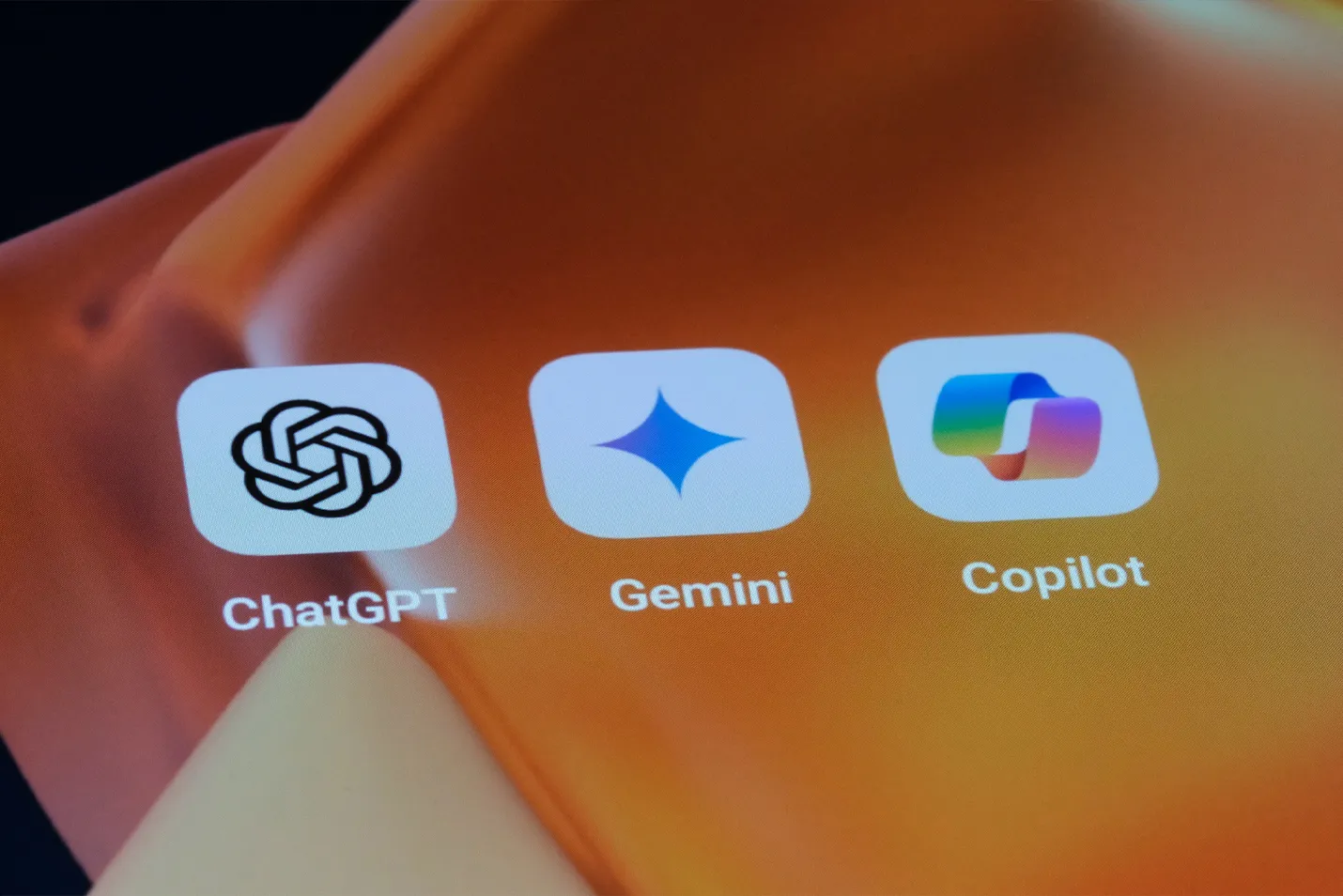You Don’t Need an IT Department to Start Using AI at Work
If AI sounds complicated, that’s because it used to be. But the newest generation of AI tools is built right into the platforms many small businesses already use—and you don’t need technical staff or a big budget to get started.
SMBs don’t have the luxury of large IT teams or spare hours for experimenting. But AI can still help—by making everyday tasks faster, improving communication, and giving small teams an edge. The key is focusing on practical tools that are built into what you already use, without adding complexity.
This guide covers simple, low-effort ways to put AI to work in your business right now. No setup. No coding. No strategy document required.
TLDR
You don’t need an IT department to start using AI at work. Tools like Copilot, Gemini, and Canva’s Magic Write are already part of platforms your team uses. Focus on small, practical wins to get started—like drafting emails faster, summarizing meeting notes, or organizing content.
Quick takeaways:
1. Start with the AI tools built into your existing software.
2. Use AI to speed up work you already do—don’t overcomplicate it.
3. Be mindful of data privacy and review AI-generated content carefully.
Need help figuring out what makes sense for your business? Horizon supports SMBs with practical AI adoption—without overcomplicating your workflow. Learn More
What does “AI at work” actually mean?
At its simplest, AI at work means using built-in tools to make everyday tasks faster and easier. These aren’t separate apps or complex systems—they’re features already included in the software your team uses.
It’s about:
- Automating repetitive tasks (summarizing, drafting, organizing)
- Speeding up communication and content creation
- Giving you a head start on work that used to take longer
These efficiencies free up your team to focus on the work that needs human input.
Where to find AI tools you already have
You don’t have to buy anything new. If you use tools like these, AI is likely already included:
- Microsoft 365 (Copilot features in Word, Excel, Outlook, and Teams)
- Google Workspace (Gemini) – includes Smart Compose, Help Me Write, and AI assistance in Docs, Sheets, and Slides
- Canva (Magic Write and Magic Edit)
- Zoom (Meeting summaries)
- Slack (AI-powered message search and recap tools)
You don’t have to buy anything new. If you use tools like these, AI is likely already included:
Simple ways to try AI without needing IT support
If you’re wondering how tools like Copilot and ChatGPT actually fit into your workflow, this guide can help: ChatGPT vs Copilot: When to Use Each in Your Business.
You don’t need technical setup to get started. Most AI features are designed to be self-serve and easy to use.
Try these quick wins:
- Use ChatGPT to refine an email or summarize a customer question
- Draft a proposal using Copilot in Microsoft Word
- Turn meeting notes into tasks with Google Docs or Teams
- Create social post ideas using Canva’s Magic Write
Other practical ways to experiment:
- Use Copilot in Outlook to suggest responses or clean up email drafts
- Summarize long Slack conversations using built-in AI features
- Generate first drafts for internal documentation (policies, FAQs) with ChatGPT or Notion AI
- Quickly analyze survey responses or customer feedback in Excel using AI-powered data summaries
You can do all of this without setting up a new account, buying software, or asking IT for support. These tools are already part of the platforms you use every day.
These are practical, no-hassle ways to experience AI in your daily work.
What not to start with (for now)
Some AI platforms are powerful, but not built for small teams—or they require more technical knowledge than most SMBs have in-house.
Here’s what we suggest holding off on:
- Developer platforms like Hugging Face or LangChain – useful for building custom AI applications, but not practical for non-technical teams.
- AI browser plugins that promise “everything” – many are low quality or come with privacy risks. Stick to well-supported tools from known platforms.
- Enterprise-grade systems like Salesforce Einstein or SAP AI Core – unless you’re already using these systems and have IT support, they’re more than you need to get started.
Start with the tools your team already knows. You’ll get more value—and fewer headaches. And when your team is ready to go further, ensuring your devices can keep up is essential. See how to prepare: Future-Proofing Your Business Devices for AI Tools Like Copilot.
What to watch out for
- Don’t paste sensitive data into tools like ChatGPT—stick to general content or use enterprise tools with privacy controls
- AI-generated content still needs a human review—treat it as a draft, not a finished product
- Make sure your team knows which tools are approved and what not to share
AI can be useful even in small steps. You don’t need an IT department to start—you just need to be curious and willing to test out what’s already in front of you.
Horizon helps SMBs across Western Canada make smart use of the tech they already have—no overhauls, no overthinking.

